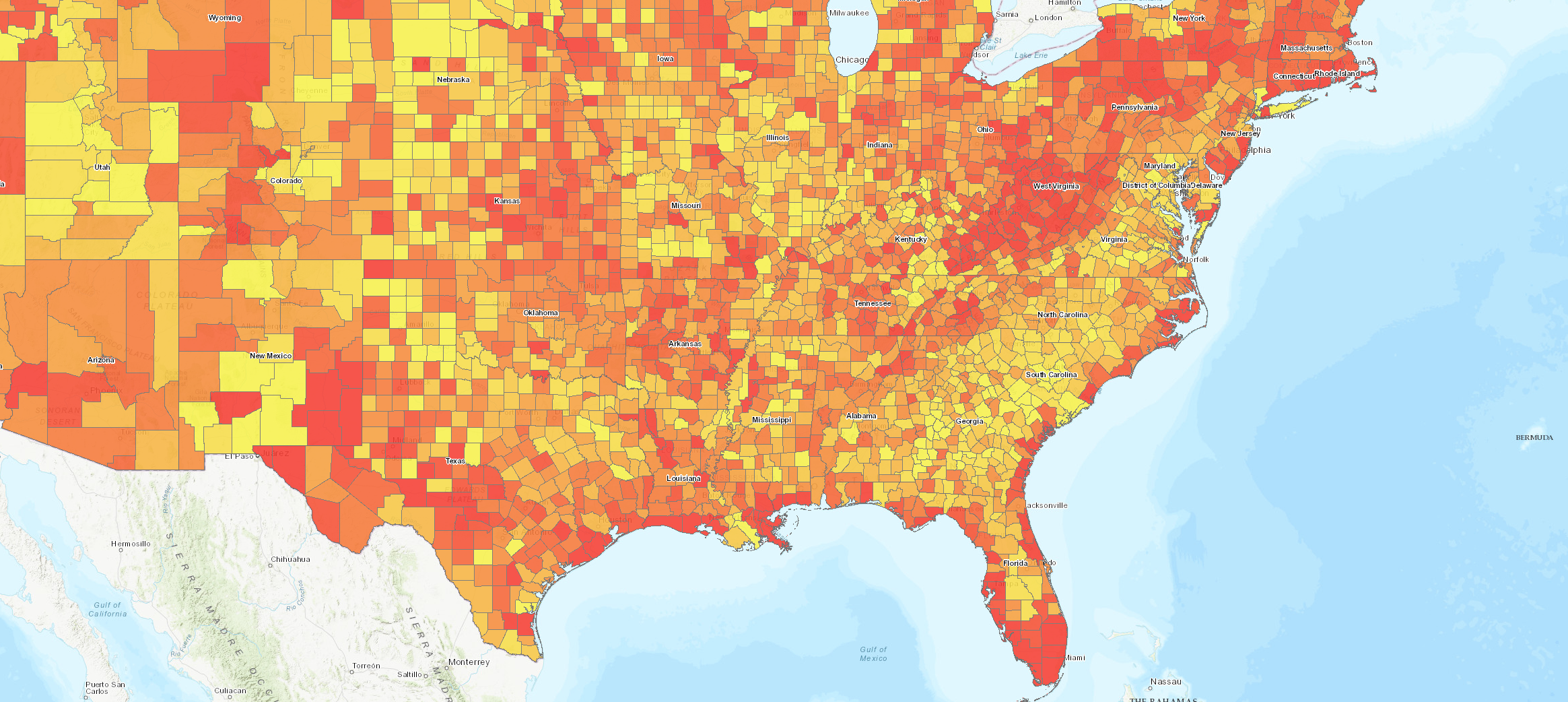Demand for jet engines is taking off. Domestic airlines have relied on up-fitting or remodeling equipment originally constructed in the 1970s or later. This generation of equipment is slowly approaching its expiry. And internationally, travel tastes have changed. Airlines are one-upping each other to offer the most top-of-the-line luxury flights which are incorporating features including personal compartments with beds, full-service bars, and incredible food options.
Amazon recently announced that it would be raising the minimum wage paid to workers to $15 per hour (minimum wage standards sometimes vary by state and city; the current federal minimum pay is $7.25). According to the company’s blog, the wage increase will go into effect on 1 November, will be extended to associates employed by temp agencies, and is anticipated to affect the paychecks of more than 250,000 Amazon employees, as well as more than 100,000 seasonal holiday employees. Workers at Amazon subsidiaries (including Whole Foods) will also benefit from the parent company’s new initiative to “lead on pay.”
Topics: Data, Economics, Methodology
5 Common Economic Impact Analysis Users and How They Use It to Make an Impact
Back in August we published a blog post to address one of the most common questions asked of us, “What Is IMPLAN?” One of the reasons this question remains a complicated one to answer is that economic impact analysis benefits such a diverse set of users (from academia, to federal government, to real estate and everything in between). To elaborate beyond what IMPLAN is and illustrate what it does, let’s take a look at some of our common user types and a high-level example of how each of them applies the power of economic impact analysis in their spheres of study or in their industry.
Topics: Economics, Feasibility Study, Methodology
Drill Down into Employment Impacts using Our New Occupational Data Matrices
Being equipped with the proper data as well as the right analysis tools can help you make better and more informed business decisions. IMPLAN provides excellent data that can supplement your analyses. Our latest release of the Occupational Data Matrices joins the ranks of those supplemental data sets. This data set provides information on employment and compensation, which might just make determining wages and allocating scarce resources a less arduous task.
Back in April, we were storm-chasing Tornados and growing wary of the fast-approaching prediction of an active 2018 Atlantic Hurricane Season. Today we are living out this prediction, as Hurricane Florence, a dangerous category 4, is barreling towards our East Coast.
IMPLAN’s HQ is nestled in the bucolic margins of Lake Norman and a mere stone’s throw from Charlotte’s city center—751 feet above sea level. We’ve all been hitting the refresh buttons on our screens to catch every change to the weather models as hurricane Florence slowly creeps toward our coast from seas which seem to have made it a banner week for tropical storms.
How to Get the Media’s Attention for Your Economic Impact Study
Economic impact analysis is, at the end of the day, only a fraction of the work necessary for understanding and communicating the significance of an economic event (whether business- or policy-related) to the people who might be most affected by those economic changes. The remaining work related to getting the word out happens in press conferences, on phone calls, and online. Here’s our best advice on how to recruit the media’s help in getting all that work done—excerpted from one of our recent white papers, Creating a Compelling Economic Impact Report.
IMPLAN’s economists have completed our newest Census of Employment and Wages (CEW) data set which is now available for purchase. A lot of work goes into delivering the best, most detailed CEW data out there. And since we have CEW data for all counties for all years back to 2001, it makes for fantastic statistical and trend analysis for anyone wanting to look deeper into the U.S. wage and salary business sphere.
Topics: Data, Press Release, Economics, announcement
Examining the Importance of Storytelling in Analyzing Economic Impacts
The Value of Storytelling in Business
If you have kids or if you ever were a child (so everyone), you inherently understand the value of storytelling. Storytelling has been used as a very effective learning device for years. From teaching children social and language skills to formal education for adults, storytelling is used as a means to communicate all ranges of ideas.
Topics: Data, Economics, Nonprofit, Funding, Methodology
Newsprint, unlike your average algebra quiz, leaves little room for showing your work. But that doesn’t mean that you have to give partial credit to every large sum that’s inked across page A1. Fortunately, there are a few easy tricks you can rely on to suss whether those impressive economic numbers are fact or fake news.
Topics: Data, Economics, Methodology












.png?width=80&name=IMPLAN_Logo_Print-Vector_NEW%20(2).png) Copyright 2025
Copyright 2025